Railfest, National Railway Museum, York
29 May 2004
A last minute decision saw a visit to the National Railway Museum at York, for
the first day of the Railfest exhibition, part of the Rail 200 celebrations to
mark the 200th anniversary of Penydarren, the first steam locomotive to
haul a train
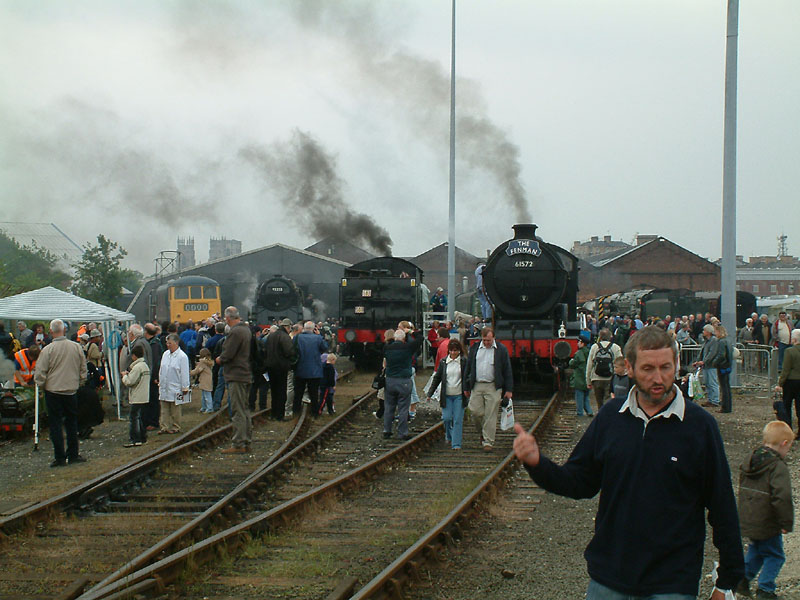
A busy scene of people happy to have escaped the long queues outside
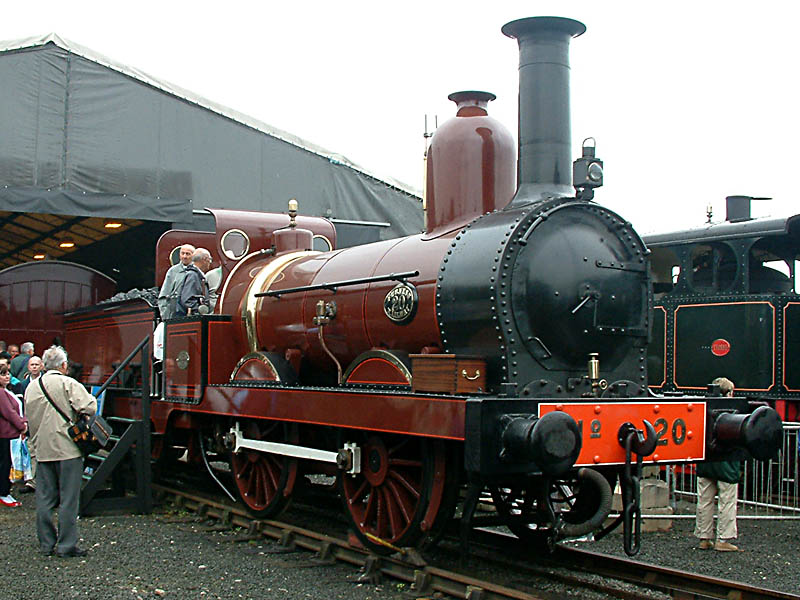
Furness Railway's No.
20, often to be seen hauling tourists on the
Lakeside and Haverthwaite Railway in
the Lake District, was built in 1863 and is the oldest working standard gauge
steam locomotive in Britain.
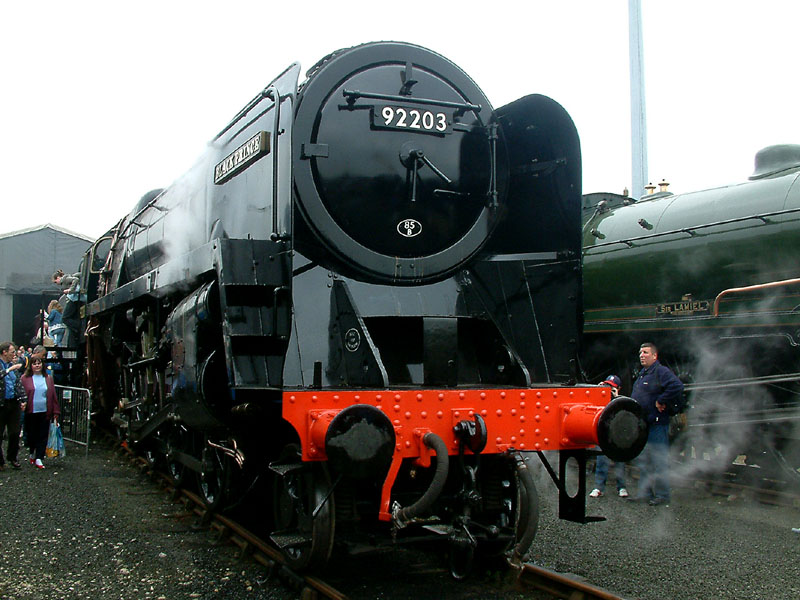
Black Prince is normally resident at the
Gloucestershire & Warwickshire Railway,
and is an example of the last of the 12 standard designs introduced by British
Railways in the 1950s.
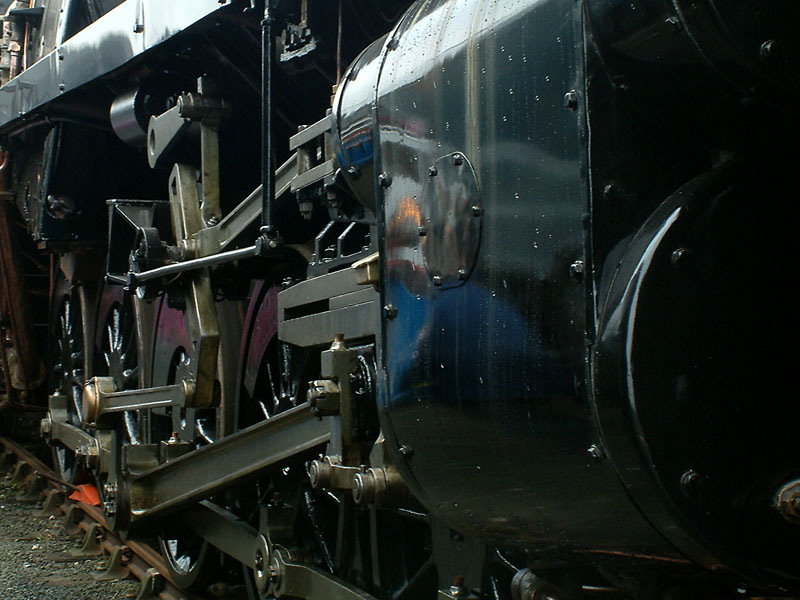
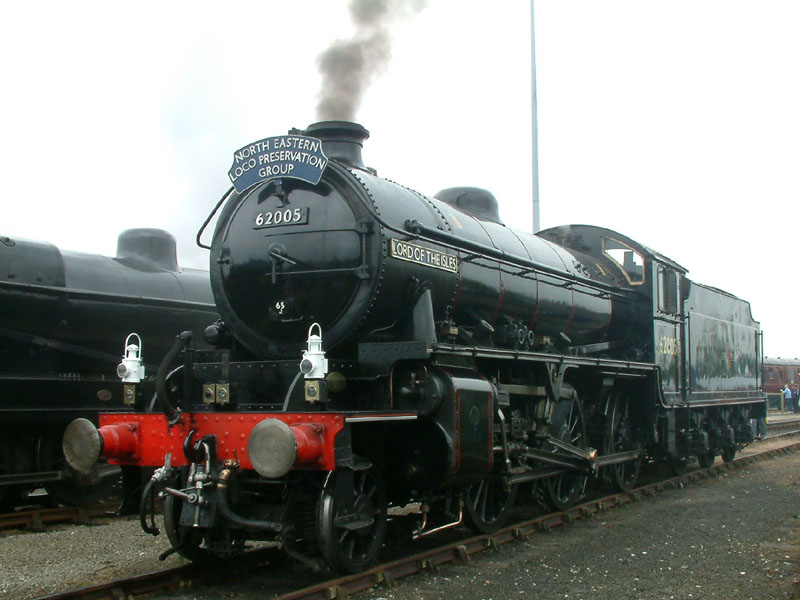
Lord of the Isles is often to be seen with the summer steam "Jacobite"
trains from Fort William to Mallaig
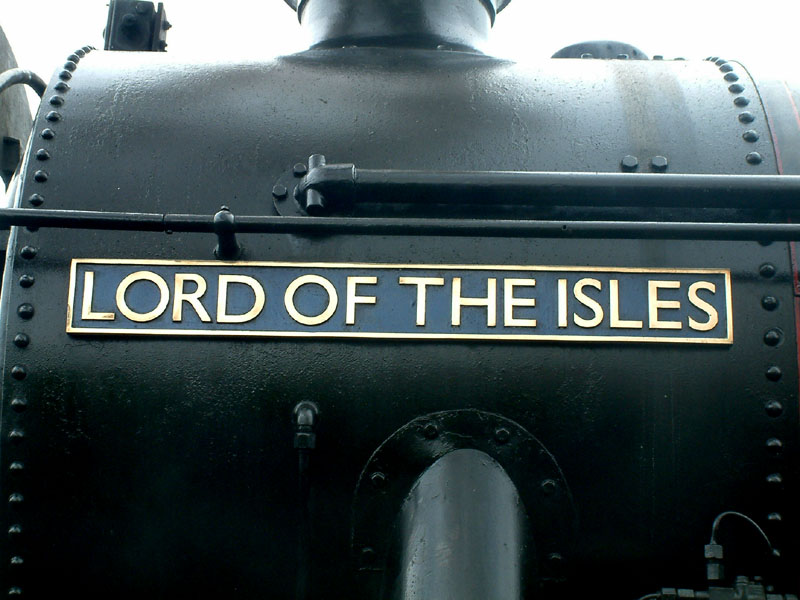
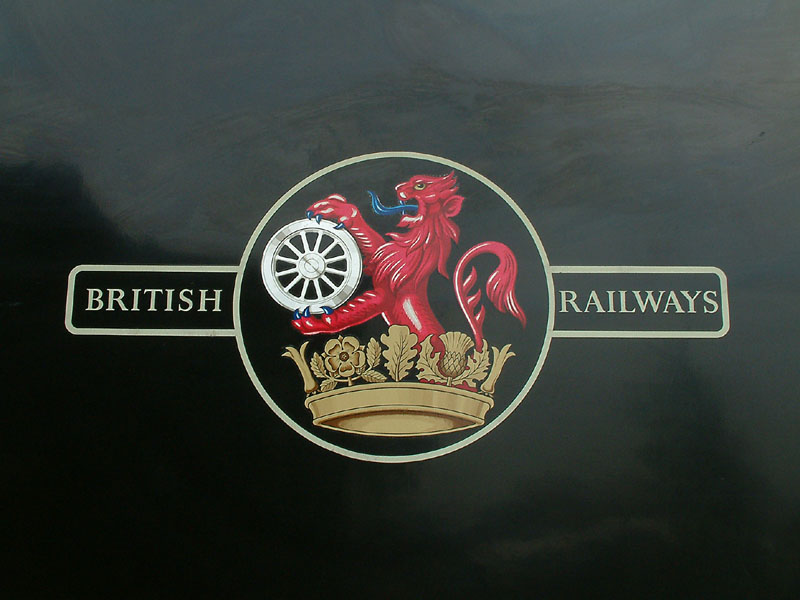
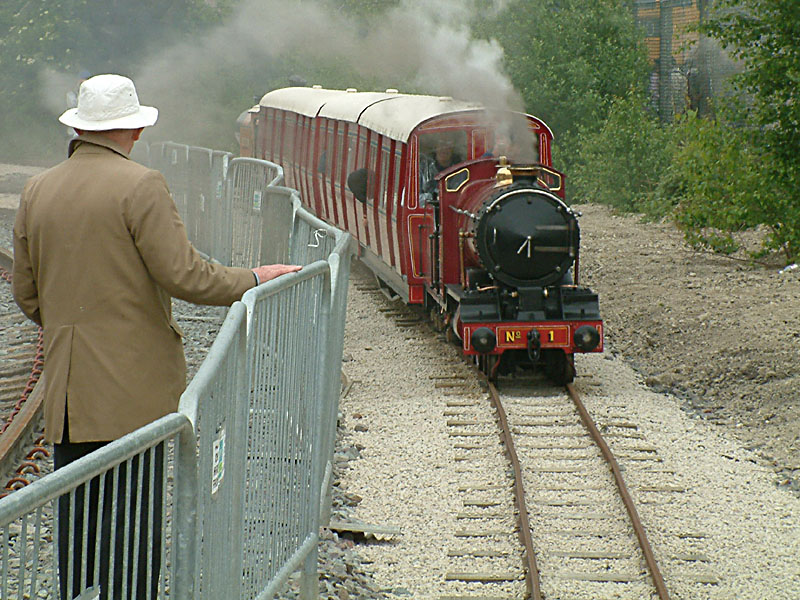
On this specially laid site next to the Railway Museum, as well as the standard
gauge locomotives, there was room for their smaller cousins
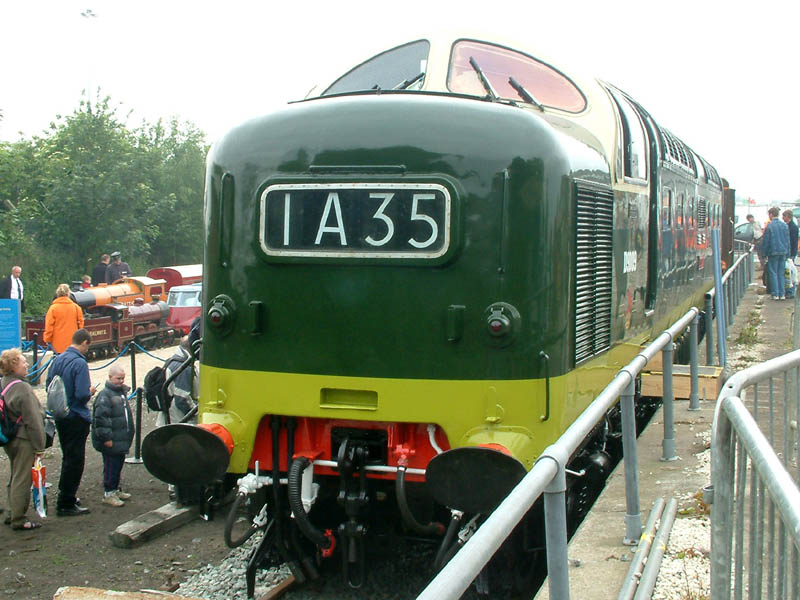
The
Deltic Preservation Society's
D90009 (55019) Alycidon looked very smart after her recent repaint and cosmetic
overhaul.
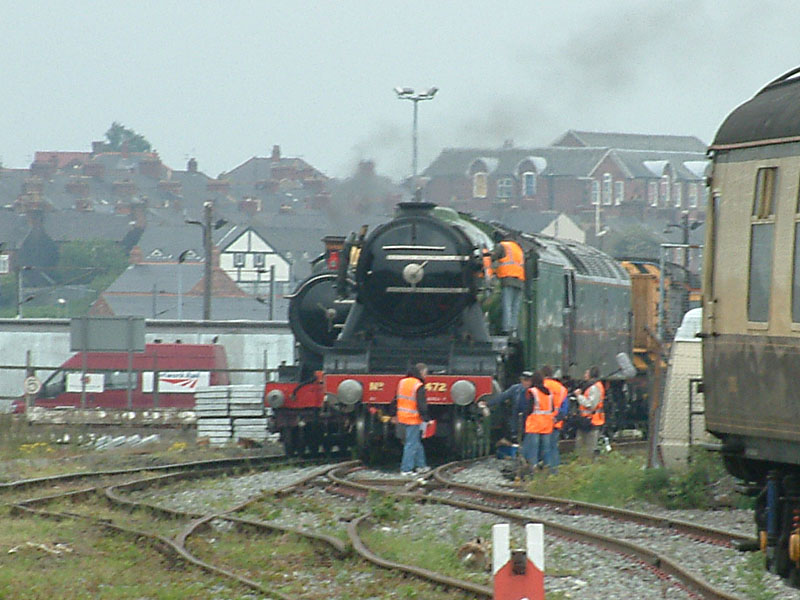
No. 4472 Flying Scotsman, recently
bought by the National Railway Museum, receives some last minute attention. She
had broken down on Thursday on the way from Doncaster with a split boiler tube,
and had to be rather sadly pushed into the site by a diesel.
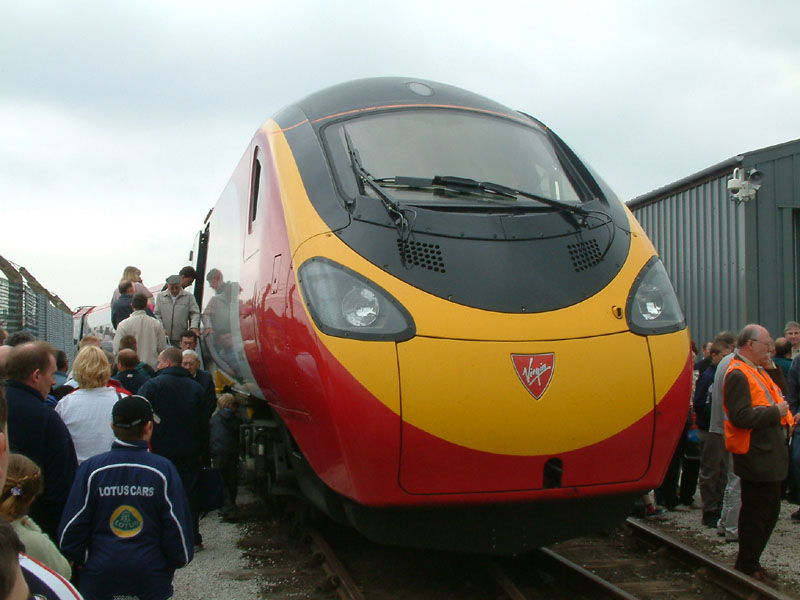
Over among the modern traction, a new 390 class Virgin Pendolino attracts the
crowds for a rare chance to visit the driver's cab

...while the boss looks on, waiting for the arrival of Flying Scotsman,
which he helped the Museum to purchase
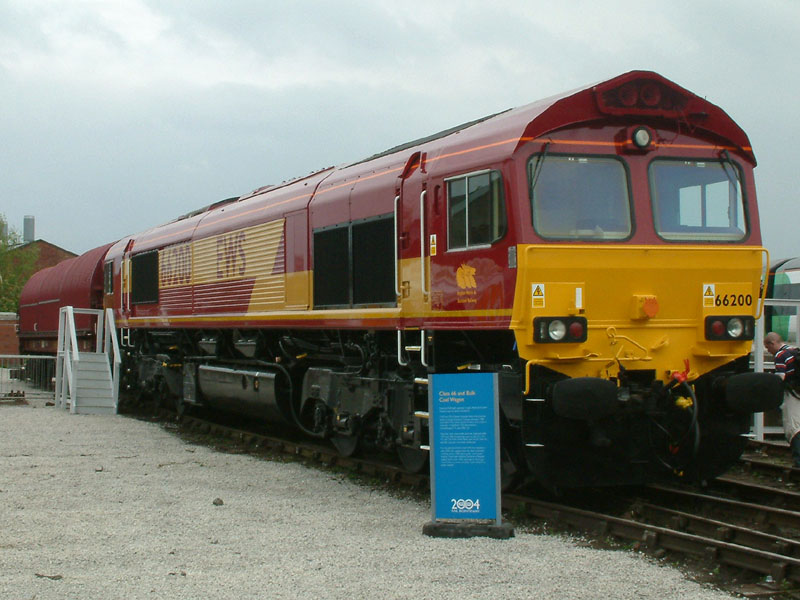
English Welsh & Scottish Railways' 66200, one of its very many of these Class 66
diesels built by General Motors in Canada
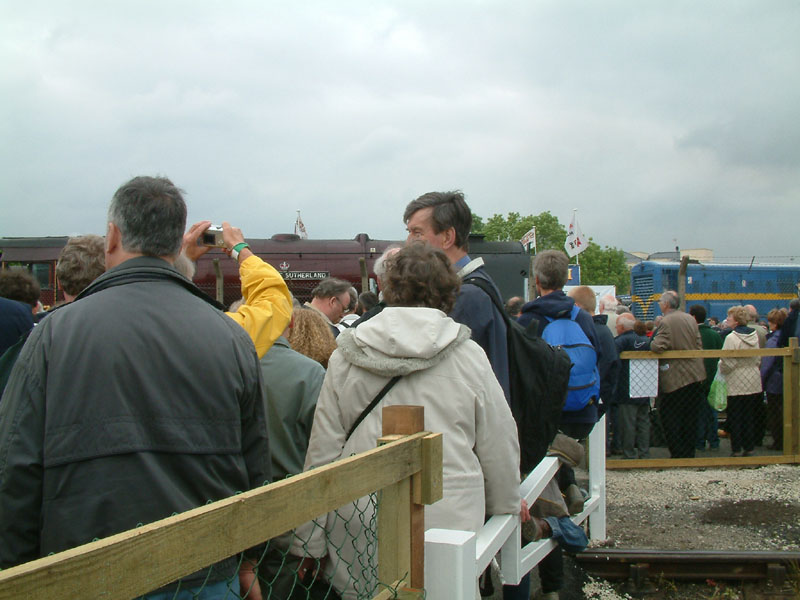
The crowds watch Duchess of Sutherland come into the site behind
Flying Scotsman

Duchess of Sutherland is from the prestige class of LMS Express passenger
locos and was one of the most powerful UK steam engines, regularly seeing use on
100mph+ express passenger trains. This particular loco was purchased by Billy
Butlin in 1964 for his Ayr holiday camp, where it sat for seven years.
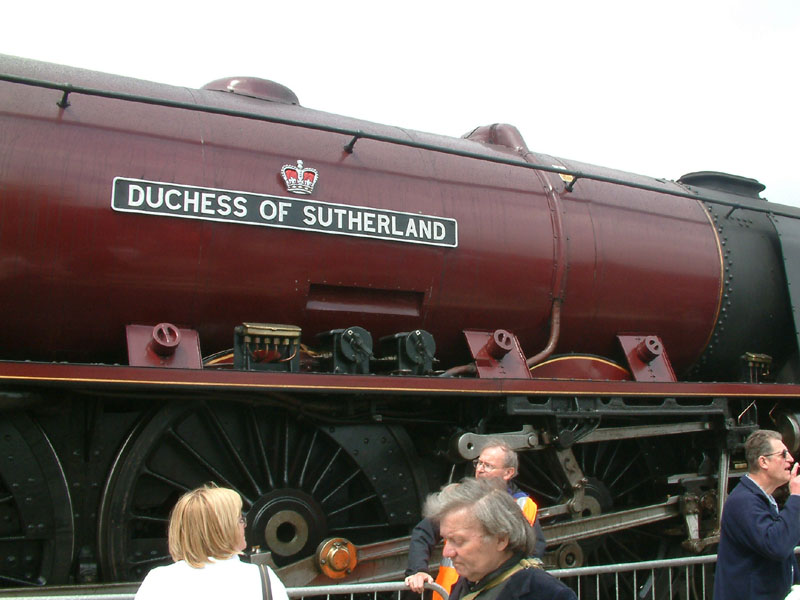
It was restored to running order in 1974, and a lottery grant brought in
back to fully running order in 2001, being chosen to haul the Royal Train with
the Queen & Prince Philip on board - the first time in 35 years that a steam
loco had been given this honour.
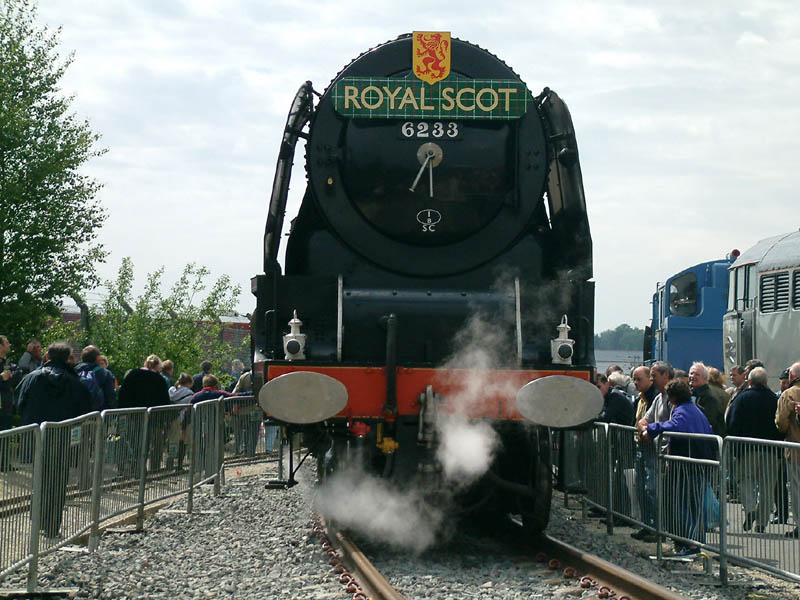
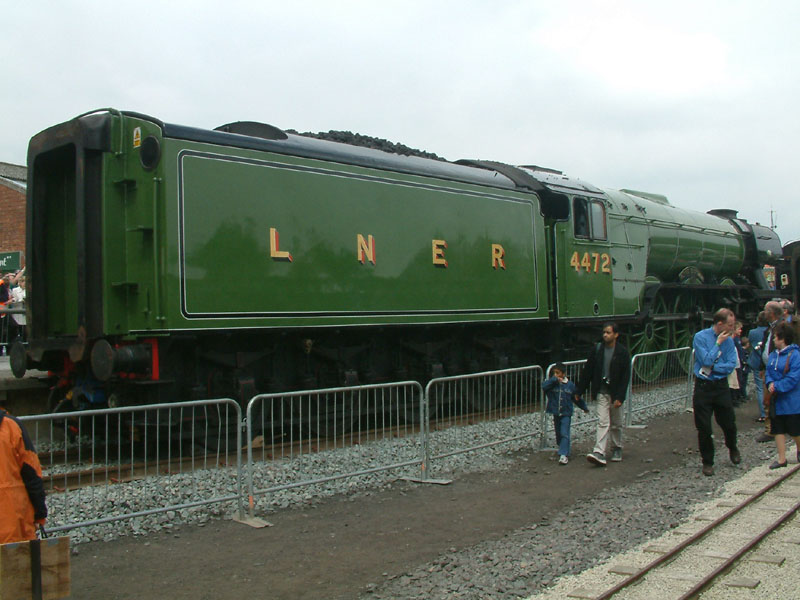
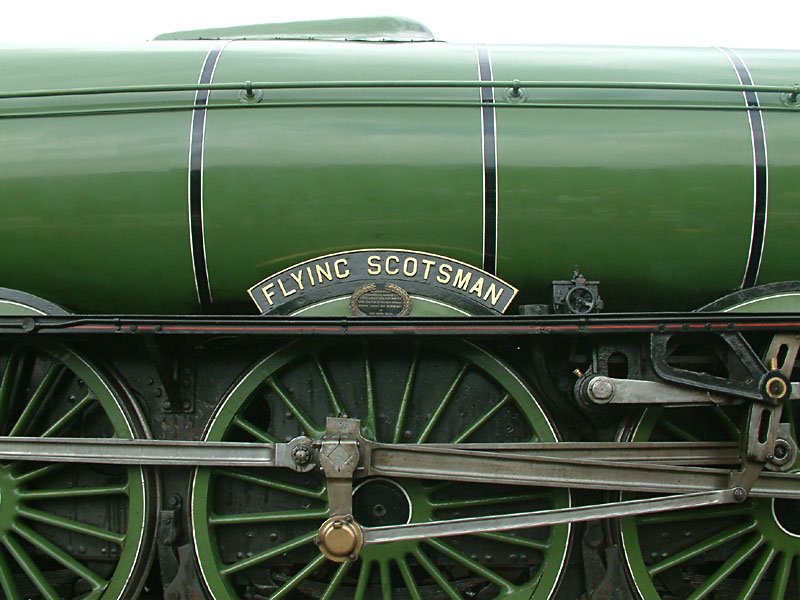
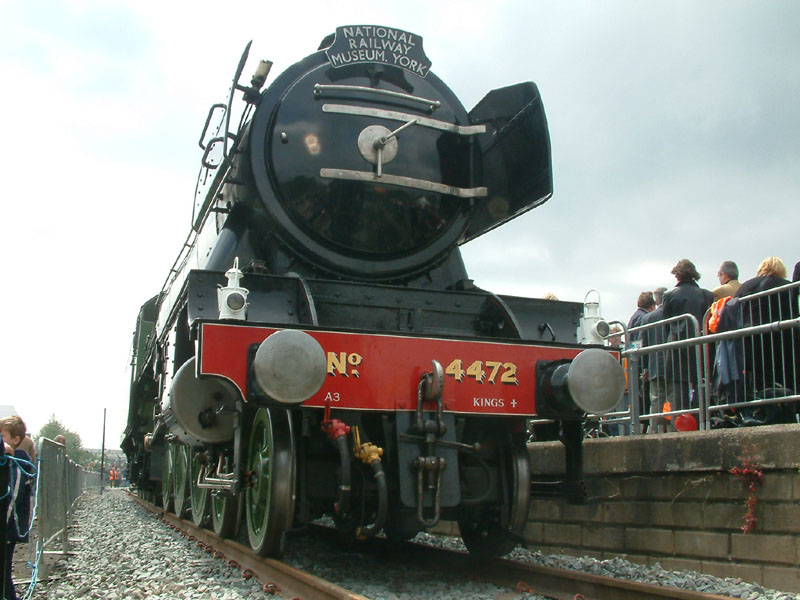
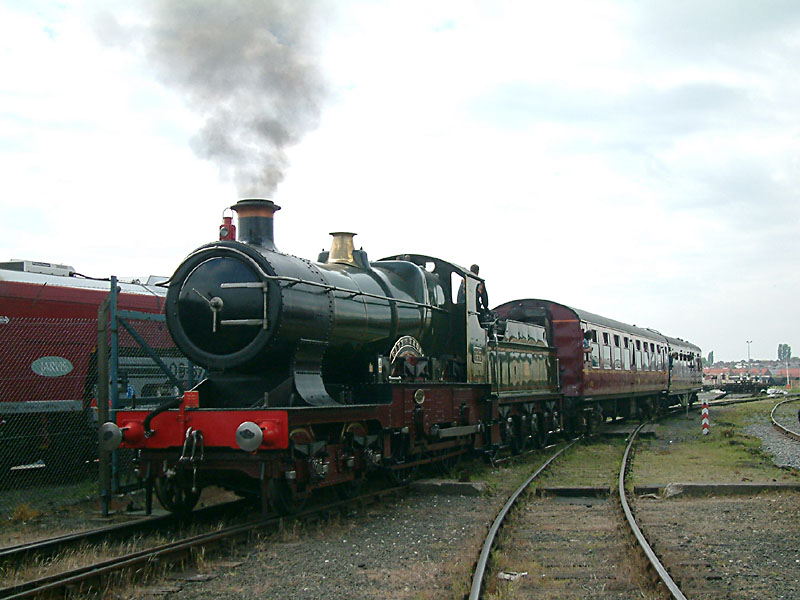
GWR City of Truro spent the day running up and down this short line
giving lots of visitors a ride
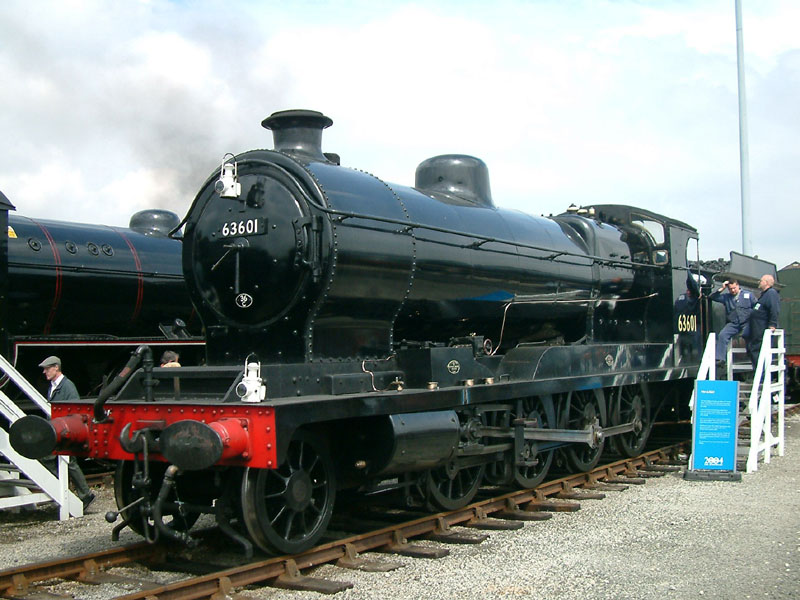
Of the hundreds of engines built of the class, 63601 is the only example to
remain in the UK. Part of the national collection, it is now based at the
National Railway Museum, where it has been restored to full operational
condition.
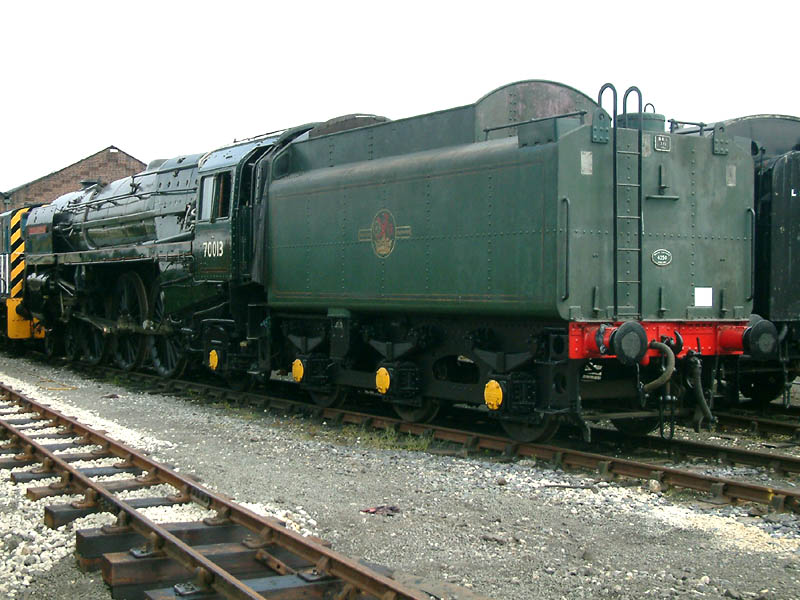
70013 Oliver Cromwell is one of 55 "Britannia" class pacifics introduced
in 1951 to a British Railways standard design
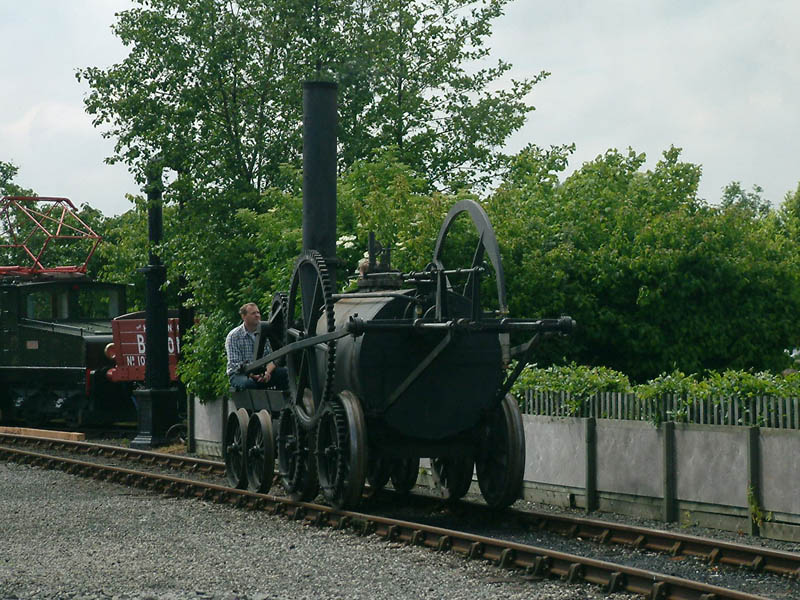
Rocket was an early steam locomotive, built by George and Robert
Stephenson in 1829. Rocket was a significant evolution on what had come
before it, using a multi-tubular boiler, which made the engine much more
efficient: previous boilers had consisted of a single pipe surrounded by water.
Another key innovation was venting the exhaust steam up a chimney to pull fresh
air into the fire, thus increasing the heat of the fire and the pressure in the
boiler. Nearly all steam locomotives built since have been based upon Rocket's
basic design.
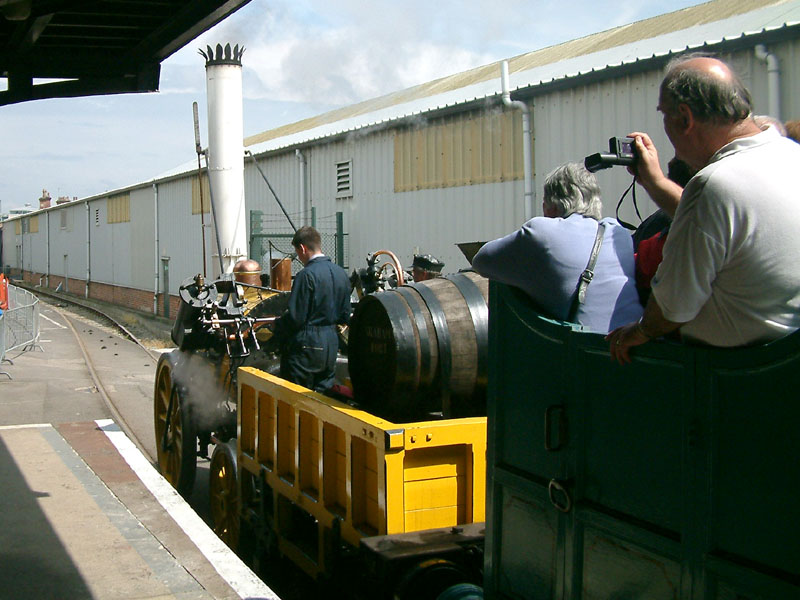
And back to the beginning - in 1804, a young engineer, Richard Trevithick, drove
Penydarren, the world's first steam locomotive, along a track at the
Penydarren ironworks, near Merthyr Tydfil. The track, which was built as a
tramway to carry iron ore in horse-drawn carriages, proved too weak to carry his
heavy loco, but this was the beginning of the railway age which would rapidly
accelerate the Industrial Revolution.
|
























